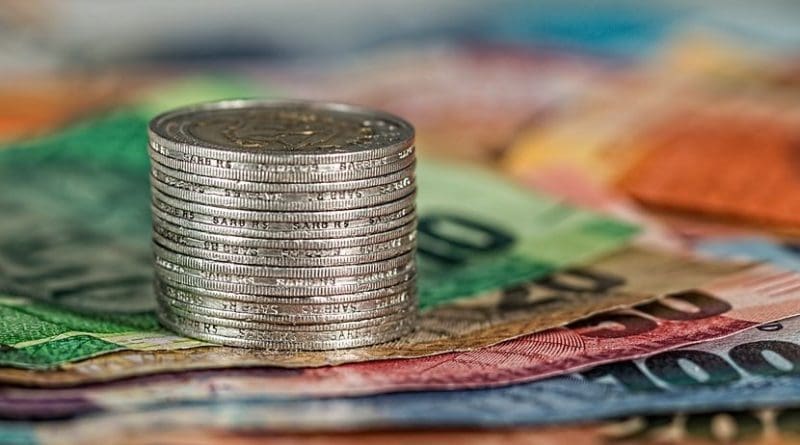European Coins Have Antimicrobial Activity In Contrast To Banknotes
Research due to be presented at this year’s European Congress on Clinical Microbiology and Infectious Diseases (ECCMID)* shows that European banknotes are more easily contaminated by microbes than coins. However, coins being made from antimicrobial metals such as copper does not completely stop them from being sources of contamination. The study is by Professor Johannes Knobloch, University Medical Center Hamburg-Eppendorf, Hamburg, Germany, and colleagues.
Money is a frequently touched surface and it is thought that it could be involved in pathogen transmission. Due to copper content of at least 75 % in euro coins, loose change is assumed to have antimicrobial activity. In this study, the authors investigated the antimicrobial activity of euro coins (5 cent, 50 cent, 1 euro) and banknotes (5 euro) under realistic conditions using a touch transfer assay which simulated the dry contamination by skin contact. In this assay, bacteria are transmitted from a dry primary contaminated surface to coins or banknotes by a gloved finger, to simulate ‘worst case’ contamination of typical frequently touched surfaces.
The 5 euro banknote, like all other euro note denominations, is made of cotton fibre. In 1 euro and 2 euro coins, the “gold” part is an alloy, 75% copper, 20% zinc and 5% nickel. The “silver” part is cupronickel: 75% copper and 25% nickel. The 10 cent, 20 cent and 50 cent coins are made of Nordic gold, which is an alloy composed of 89% copper, 5% aluminium, 5% zinc, and 1% tin. The 5 cent, 2 cent and 1 cent coins are made of copper-covered steel.
For this study, Enterococcus faecium or Staphylococcus aureus dried onto the primary surface were taken up with moistened sterile cotton gloves by touching the surface. With the contaminated gloves bacteria were transferred to 5 cent, 50 cent and 1 euro coins as well as 5 Euro banknotes by touching the surface. Ceramic tiles were used as control surface in the touch transfer assay. Quantitative culture of the coins and notes was performed immediately after touching, as well as after 24 h of storage.
In nine independent experiments using E. faecium (n=4) and S. aureus (n=5), the authors found variable numbers of transferred bacteria were observed on the different surfaces. The contamination of the control surface and the banknotes displayed similar bacterial cell counts.
The smaller surface of the 5 cent coin resulted in a lower amount of transferred bacteria compared to 50 cent and 1 euro coins. All copper containing coins displayed a detectable antimicrobial activity. On 5 cent, 50 cent and 1 euro after 24 hours S. aureus was reduced by between 98.7 and 99.5 % and E. faecium was reduced by 96.8 to 99.0 %, respectively. In contrast, after 24 h on the banknote the number of bacterial cells were not reduced compared to the control.
The authors conclude: “In contrast to a 5 euro banknote, copper containing coins display a detectable antimicrobial activity. However, in most experiments, bacteria were not completely eliminated from the coins. Therefore, even coins might act as vectors for the transmission of microbes.”
Recently, it was also demonstrated** that copper containing surfaces display antiviral activity against SARS-CoV-2, reducing significantly the time period the virus remains infectious (just 4 hours) in contrast to polymeric surfaces that notes are made of, where the virus could survive several days.
Professor Knobloch adds: “I believe that the risk of transmission of the virus through money, even banknotes, is far below that of a face-to-face contact with an index person. Regarding the current Covid-19 pandemic, if cash must be used for payment, coins would be better than notes. However, card payment can be performed completely contactless and avoids the risk of carrying cash altogether.”

